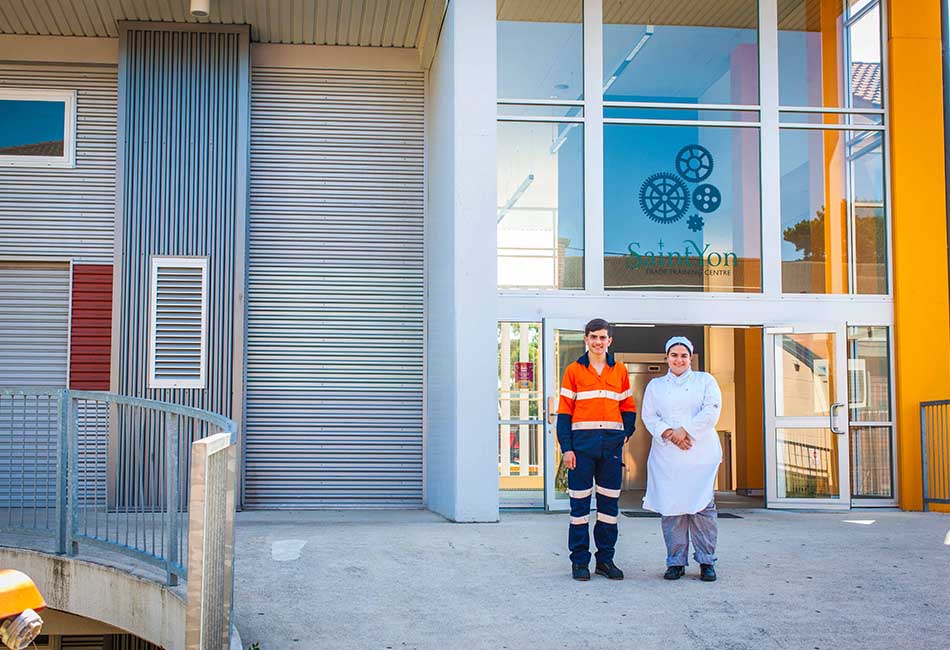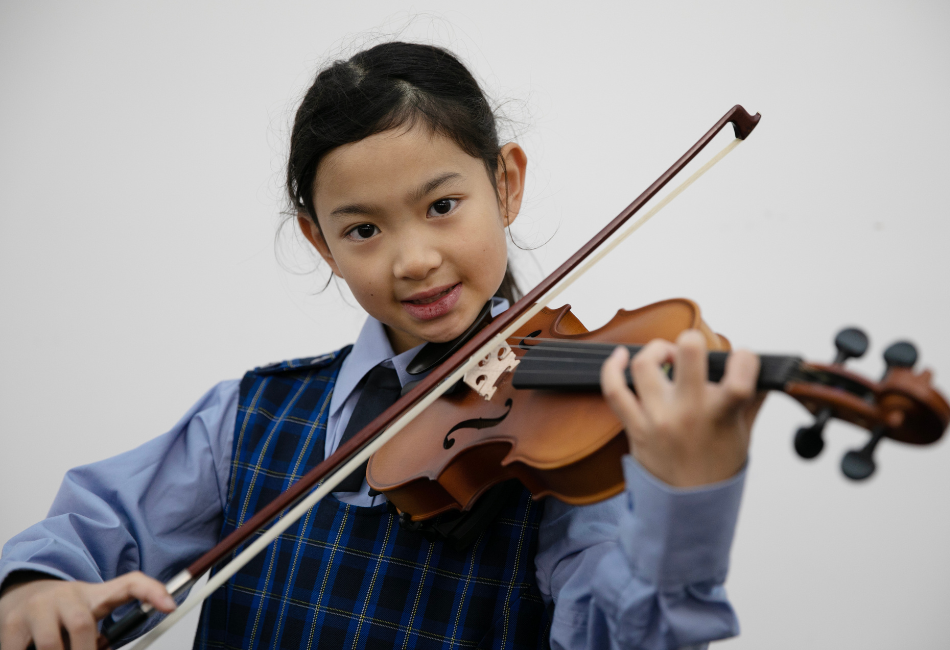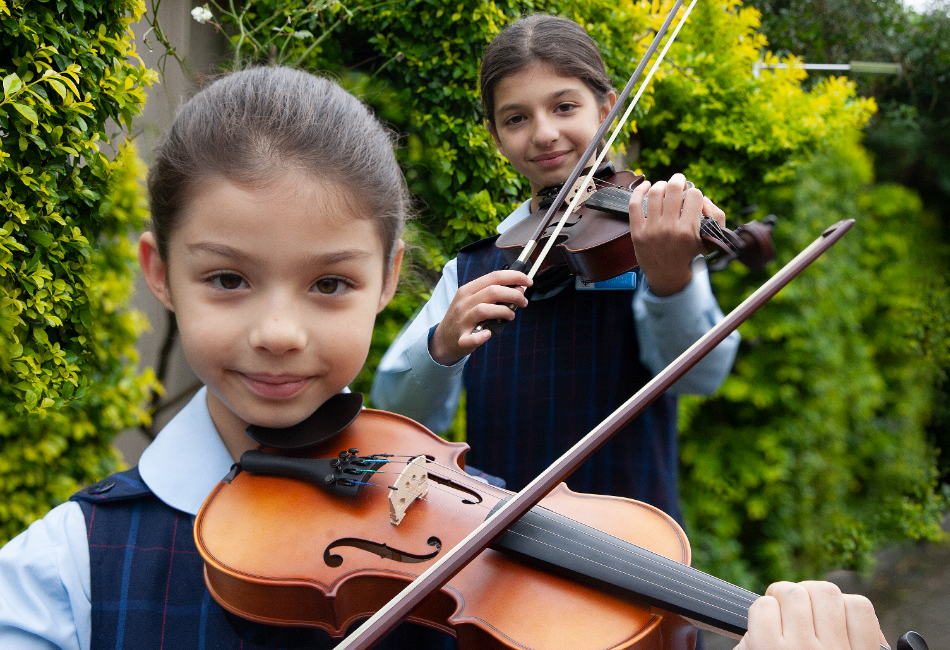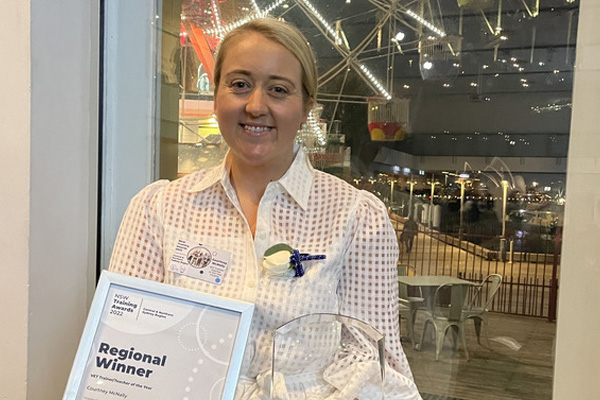Every student in front of you in a classroom, has a cup into which they pour everything they need to handle in a day; be an adult in their life who can help fill that cup, writes Sydney Catholic Schools’ student wellbeing specialist, Jim Clifford.
Seriously, my cup right now is full. Spilling over the edges. And if we were talking about a nice double shot soy latte in the sunshine on the patio, that’d be great – but we’re not.
In fact, truth be told I can handle a bit of a latte spill-over, and being one of the clumsiest individuals I know I’m even used to it. But when this cup is full and at the point of overflowing, well it can be pretty untidy…
A very knowledgeable and talented colleague of mine presented me with the cup analogy a while back.
After any number of years working across some pretty challenging (and wonderful) places, from mainstream secondary and primary schools to out of home care and specialist disability settings, I’ve used balloons, soft drink cans, bell curves and all manner of other metaphors to help me understand and explain a kid’s limits. But I think I’ve settled on the full cup being pretty much where it’s at for me.
“For every student in front of you in a classroom, they have a cup into which they pour everything they need to handle in a day. For some kids that cup is huge… But for some, that cup isn’t starting out quite as large as others.
For every student in front of you in a classroom, they have a cup into which they (or more often we) pour everything they need to handle in a day. For some kids that cup is huge, and it starts the day nearly empty – so as they roll through their day, adding to it bit by bit, they’ve got the capacity to let it fill up without fear of an overflow… a tough history question here, a disagreement with a friend there, I left my hat at home so I have to stay in the shade at recess today – no problems! It all fits, and I can make it through to that final bell at 3.15pm and even beyond.

Jim Clifford (pictured) likes to help schools to help kids. He’s done this across the private, public and Catholic school systems, in out-of-home care and in mainstream and special needs placements, from Kindergarten to Year 12. He holds a fervent belief that everyone is a teacher of wellbeing.
But for some kids, for whatever reason, maybe that cup isn’t starting out quite as large as others’. Prior frustrations at school1, or a tough morning at home – or trauma2; or poor mental health3; or a disability4; or no sleep5 – each of these can mean they’re starting out not with a hefty, Bob Hawke sized yard-glass with which to manage the day’s tribulations, but sometimes just a tumbler, or even an espresso cup! Try jamming a really difficult simultaneous equation into your espresso next time and see how you go!
And it’s not just the size of the receptacle to begin with, it’s also how full it starts the day.
When your students show their (often) smiling faces in your class first thing in the morning, who knows how much has already gone into their cups just to get them there in front of you this time around?
What happened before breakfast? Or on the way to school? Or what are they anticipating when they get home tonight6?
For many of them, the fact that they’re present at all is a very significant achievement, and their cup may be pretty close to that spill-over point already very shortly after they walk through the front gate.
“When your students show their (often) smiling faces in your class first thing in the morning, who knows how much has already gone into their cups just to get them there.
Now I’m thinking you can all probably picture what a spill-over looks like for some of the students you’ve worked with. Flying textbooks, refusal to participate and storming out of the classroom come to mind for some, and a head on the desk, withdrawal and tears might be the presentation for others. Either way, this is your student telling you something.
After many years of ‘talking’ with kids whose communication skills have been compromised in some way (and, with apologies to my daughters, even if that’s just due to the simple fact that they may be a teenager!), I’m of the firm opinion that pretty much all behaviour is communication7. And this message they are sending is a simple one, even if the child in question doesn’t know they’re delivering it: ‘I just don’t have the capacity to do what is expected of me today – my cup is full’.
“These kids who are standing there in front of you with their cups sloshing over might be anywhere from Kindergarten to Year 12. They might be the academic high flyers or they might find school-work a daily challenge. Or they might be staff members.
We’re all managing our own cups each day, and I can tell you confidently that on some days when I’ve not been able to stop mine spilling over in the classroom, despite my very best intentions, I’ve definitely contributed to filling the cups of my students past a happy level.
So what to do about it? Well, it’s a great start just to keep it in mind. If we are conscious as educators that the little person in front of us (or the 6 foot five year 12 student!) has a far greater scope and complexity than just their presence in the classroom or on the playground, we can then begin to think about how we can help them empty their cup a little, or at least try not to contribute to it further by our own actions.
“Predictability and consistency are also a real key for kids, especially when they’re coping with a cup close to the brim. Knowing clearly where the goalposts are and how to reach them, and that those posts are not going to unexpectedly move, reduces stress levels right from the get go.
And then separating the behaviour from the child is a third and very important relational key, albeit a tough one to maintain at times. As a young person, if I think you’re disappointed in me, then that’s a cup-filler. But if I think you’re disappointed in my behaviour I’ve got a much bigger chance of staying positive about myself as a person, and of not overflowing in response.
With this mindset I can know that one slip-up won’t mean you’re done with me, and when I understand this and can really take it on board it empties my cup every time I see you, not just after something has gone wrong. You’ve given me permission to try, fail, and yet still have a chance to learn something and try again. There’s now an extra adult in my life whom I can rely on, who is a genuine protective factor for me, and this has the potential to make an incredible difference.
OK, so you could be like me, who worked this out via trial and error over years of relating with kids and their families whose cups were very full – or you may be one of those amazingly talented teachers who’s been doing this naturally from the start.
Either way, if it’s resonated with you enough for you to think it’s worthwhile as a concept, then I really hope you’ll consider telling someone else about it and spreading the word. And then next time you’re faced with a tough gig in the classroom, you’ll ask yourself ‘How full is this kid’s cup? And what can I do to help them empty it a little?’
Next Steps:
FOR TEACHERS
For some very practical understanding on what fills and empties the cups of your students:
- Be You – Here you will find a free, comprehensive, NESA accredited suite of Wellbeing training all available online.
- The Trauma Responsive Practice in Education – The course from the Australian Childhood Foundation is also well worth a look.
FOR PARENTS
- Smiling Mind – If you recognise that your own cup is getting full, then Smiling Mind is one of the best tools out there to help empty it out and give yourself a little more space.
Further Reading:
- Learning Links: Ride the Cycle of Success
- Teacher Magazine: Childhood Trauma in the Classroom
- Beyond Blue: Australian statistics on Mental Ill-Health prevalence
- Teacher Magazine Infographic: Students Living with Disability
- The Sleep Shack: Sleep Research summary
- Salvation Army Australia Sample Considerations (Victorian, from 2018): Family Violence; Gambling; Homelessness; Alcohol and Drugs
- Extract from FASD Thinking Differently-2nd Edition, Canadian Public Health: Common Challenging Behaviours – What’s Really Happening?
- Journal of Educational Leadership: 100 Repetitions , and Greater Good Magazine: Why Every Student Needs Caring Adults in Their Life
- Beyond Blue / Be You Australia: Risk and Protective Factors







